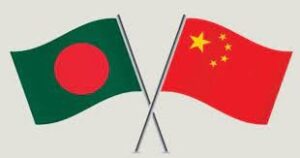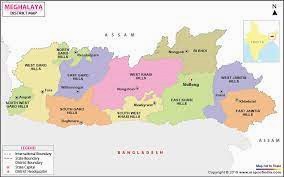
Pic courtesy: internet
Gist of replies to questions by a researcher on the subject.
Q1. How is the IAF acting as a force multiplier in the India-China military standoff in Ladakh?
- The question needs rephrasing. IAF is an active participant and contributor towards dealing with the situation.
- It is a national situation, requiring a whole of nation (i.e. all tools of statecraft) approach.
- The defence services (Indian Air Force included) are doing the needful jointly and synergistically.
- IAF undertakes missions to accomplish its roles and tasks (like any other defence force), including:-
-
- Political and strategic signalling. By deploying and operating aircraft, weapons and systems at appropriate places. Also by carrying out exercises in these areas.
-
- Rapid mobility, troop induction, and transfer. Rapid troop mobilisation undertaken by the IAF surprised everyone.
-
- Sustenance and supply (equipment, ammunition, weapons, rations, etc.). All IAF resources including heavy-lift aircraft, medium-lift aircraft, and helicopters are used for this task.
-
- Saving valuable lives by casualty evacuation and medical support as and when required.
-
- Enhancement of situational awareness by reconnaissance and information sharing by using all the reconnaissance assets and sharing information rapidly through its networked communication systems.
-
- Joint planning and monitoring by working synergistically with sister surface services.
-
- Training and equipping to meet challenges by periodic review of immediate, mid-term, and long-term plans.
- All the assets of IAF are always available and are used to deal with prevailing or emerging situations.
Q2. How will you assess the IAF’s preparedness in case there’s a hot war between India and China at the LAC?
- IAF is always prepared for any eventuality. It is a capable, motivated and battle-hardened force.
- Please refer to the Global Air Powers Ranking (2023) by WDMMA (World Directory of Modern Military Aircraft, which provides the current ranking of the various air forces of the world. (https://www.wdmma.org/ranking.php)
- It does not base its assessment purely on numerical strength but carries out a holistic analysis of numerous factors to ascertain warfighting capability.
- According to the latest report, the IAF is a few points ahead in its war-waging capabilities, despite being short numerically.
- Moreover, IAF always works on two plans. First plan to fight immediately with whatever it has. The second one is to enhance its potential (capability and capacity) in the short, mid and long term.
- These plans are periodically reviewed, revised and activated.
- This edge needs to be maintained. The warfighting capabilities have built up over the years however, it is the capacity (war endurance) that needs enhancement on priority. Appropriate actions have been initiated and they need to be executed speedily.
Suggestions and value additions are most welcome
For regular updates, please register here
References and credits
To all the online sites and channels.
Disclaimer:
Information and data included in the blog are for educational & non-commercial purposes only and have been carefully adapted, excerpted, or edited from sources deemed reliable and accurate. All copyrighted material belongs to respective owners and is provided only for purposes of wider dissemination.



